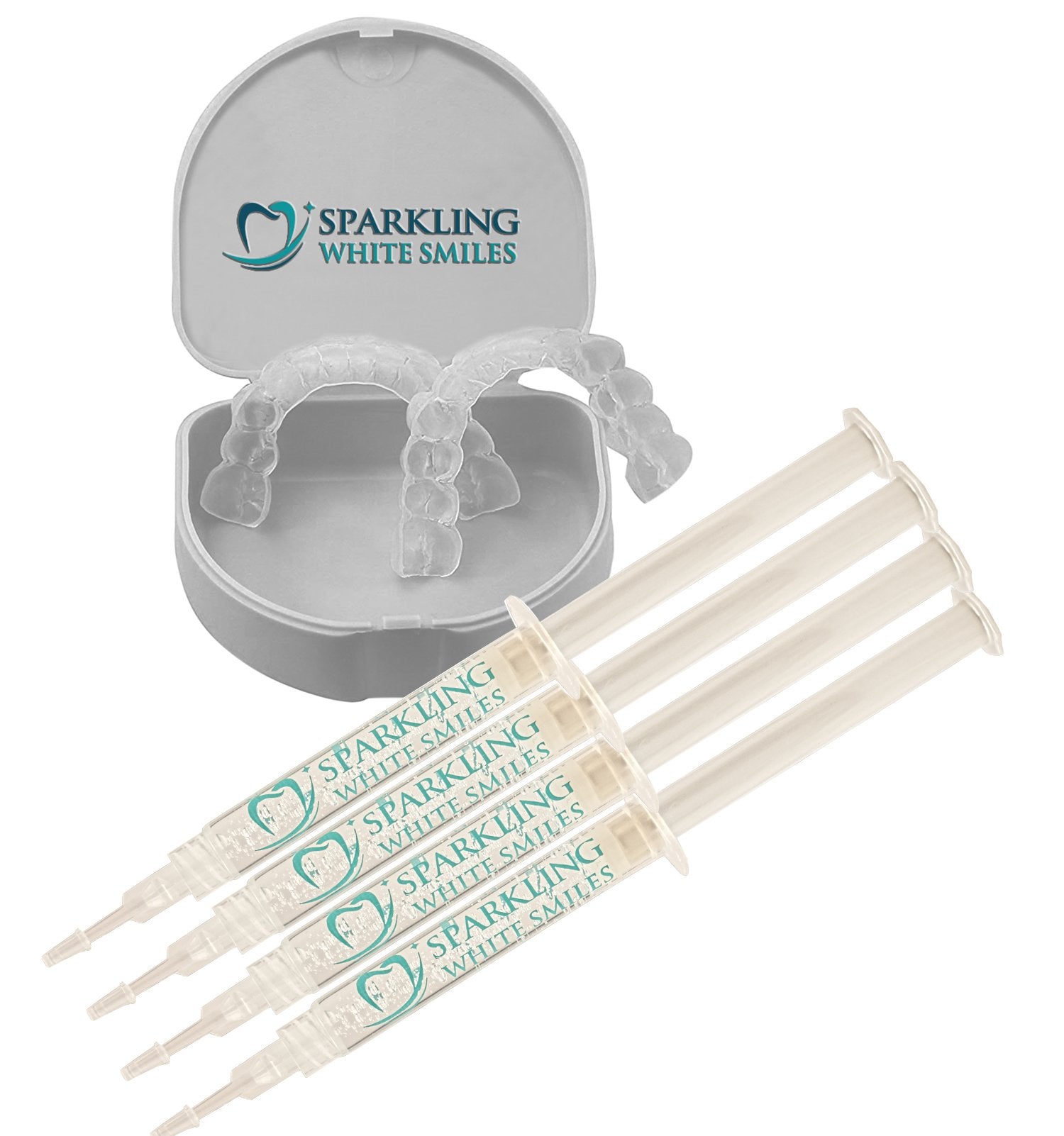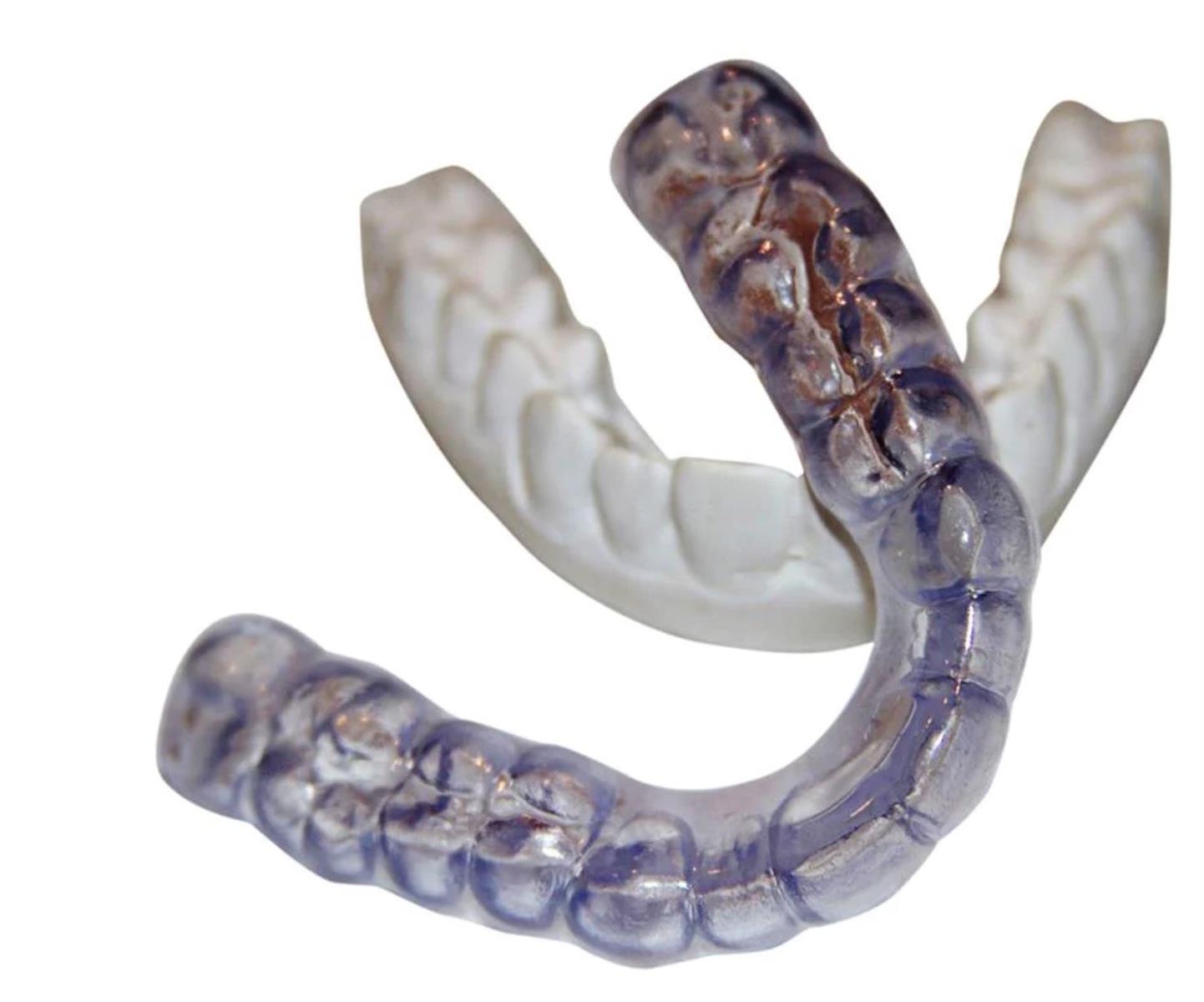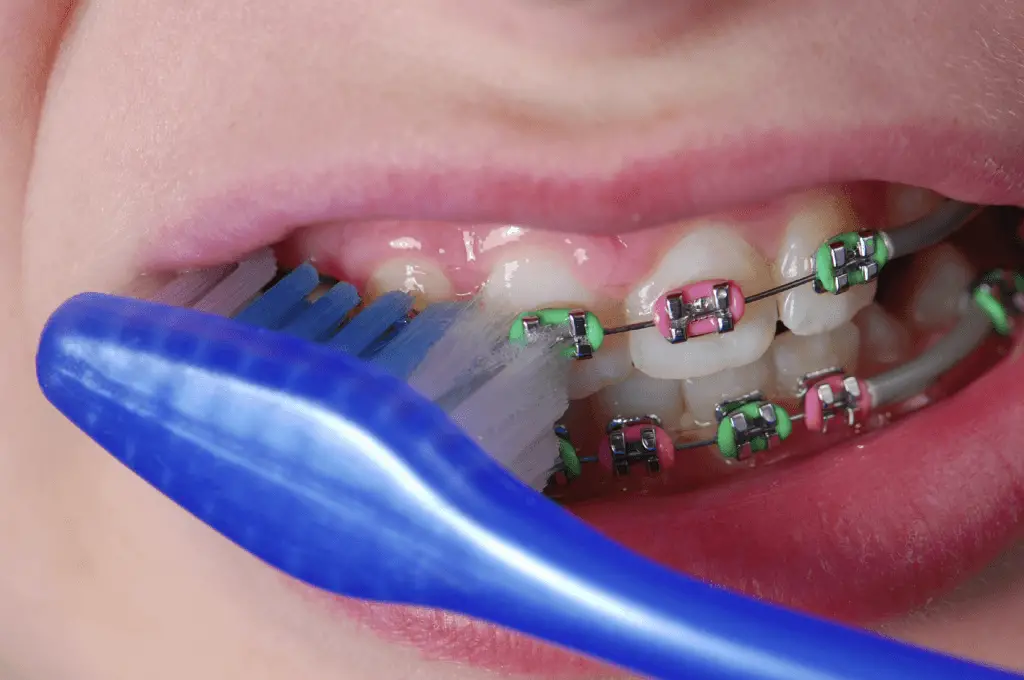Teeth Whitening Trays Custom

The quest for a dazzling smile has led many to explore the world of teeth whitening, with custom teeth whitening trays emerging as a popular and effective solution. But what exactly are custom teeth whitening trays, and how do they work their magic? Let’s dive into the realm of teeth whitening and uncover the secrets behind these personalized treatments.
Understanding Teeth Whitening
Teeth whitening is a cosmetic dental procedure designed to remove stains and discoloration from teeth, restoring their natural shine and radiance. Over time, our teeth can become discolored due to a variety of factors, including:
- Consumption of stain-causing foods and beverages, such as coffee, wine, and berries
- Tobacco use
- Poor oral hygiene
- Aging
- Genetics
The Science Behind Custom Teeth Whitening Trays
Custom teeth whitening trays are tailored to fit an individual’s unique teeth shape and size, ensuring a precise and comfortable fit. These trays are typically created by a dentist or a dental technician using impressions of the patient’s teeth. The process involves:
- Impressions: A mold of the patient’s teeth is taken to create a replica of their dental structure.
- Tray fabrication: The impressions are used to fabricate custom trays that fit snugly over the teeth.
- Whitening gel application: A professional-grade whitening gel is applied to the trays, which are then inserted over the teeth.
How Custom Teeth Whitening Trays Work
When the whitening gel is applied to the custom trays, it comes into contact with the teeth, releasing active ingredients that penetrate the tooth enamel and dentin. These ingredients, typically hydrogen peroxide or carbamide peroxide, break down stain molecules, lifting them away from the teeth and restoring their natural whiteness.
The custom trays ensure that the whitening gel is evenly distributed and stays in contact with the teeth for the recommended amount of time, usually 30 minutes to an hour. This targeted approach allows for:
- Maximum whitening: The gel is precisely applied to the teeth, maximizing the whitening effect.
- Minimized sensitivity: The custom trays help to reduce gum irritation and tooth sensitivity by limiting the gel’s contact with these areas.
- Comfort and convenience: The trays are designed for comfort, making it easy to wear them during daily activities or while sleeping.
Benefits of Custom Teeth Whitening Trays
Custom teeth whitening trays offer several advantages over other whitening methods, including:
- Personalized fit: The trays are tailored to fit your unique teeth shape and size, ensuring a comfortable and secure fit.
- Professional-grade results: The whitening gel used in custom trays is typically of higher concentration than over-the-counter products, yielding more pronounced and longer-lasting results.
- Targeted treatment: The trays allow for precise application of the whitening gel, minimizing waste and ensuring that the gel is applied exactly where it’s needed.
Comparative Analysis: Custom Teeth Whitening Trays vs. Other Whitening Methods
When evaluating teeth whitening options, it’s essential to consider the pros and cons of each method. Here’s a brief comparison:
| Method | Effectiveness | Comfort | Cost |
|---|---|---|---|
| Custom Teeth Whitening Trays | High | High | Moderate to High |
| Over-the-Counter Whitening Strips | Moderate | Moderate | Low to Moderate |
| In-Office Whitening | High | Moderate | High |
| Whitening Toothpaste | Low to Moderate | High | Low |

As seen in the comparison table, custom teeth whitening trays offer a balance of effectiveness, comfort, and cost, making them a popular choice among those seeking a professional-grade whitening solution.
Expert Insights: Tips for Optimal Results
To get the most out of your custom teeth whitening trays, consider the following expert tips:
- Maintain good oral hygiene: Brush and floss regularly to prevent new stains from forming.
- Avoid stain-causing foods and beverages: Limit consumption of foods and drinks that can stain teeth, such as coffee, wine, and berries.
- Use the trays as directed: Follow the recommended wear time and frequency to achieve optimal results.
- Touch-up treatments: Schedule follow-up appointments with your dentist to maintain your whitening results.
Future Trends in Teeth Whitening
As technology continues to advance, we can expect to see new developments in teeth whitening, such as:
- LED-accelerated whitening: The use of LED light to activate the whitening gel, potentially reducing treatment time and increasing effectiveness.
- At-home whitening devices: Portable, user-friendly devices that allow for convenient and efficient whitening at home.
- Natural and organic whitening alternatives: The development of whitening products using natural ingredients, such as charcoal and coconut oil.
Technical Breakdown: The Chemistry of Teeth Whitening
For those interested in the technical aspects of teeth whitening, the process involves a complex interplay of chemistry and biology. The whitening gel contains active ingredients, typically hydrogen peroxide or carbamide peroxide, which break down into reactive oxygen species. These species penetrate the tooth enamel and dentin, reacting with stain molecules and lifting them away from the teeth.
The chemistry behind teeth whitening can be represented by the following equation:
H2O2 (hydrogen peroxide) → H2O (water) + O2 (oxygen)
The oxygen molecules (O2) react with the stain molecules, breaking them down and restoring the teeth’s natural whiteness.
Myth vs. Reality: Separating Fact from Fiction
When it comes to teeth whitening, there are several myths and misconceptions that need to be addressed:
- Myth: Teeth whitening is painful and causes sensitivity.
- Reality: While some individuals may experience temporary sensitivity, custom teeth whitening trays are designed to minimize discomfort and ensure a comfortable fit.
- Myth: Teeth whitening is only for cosmetic purposes and doesn’t have any oral health benefits.
- Reality: While the primary goal of teeth whitening is to improve the appearance of teeth, it can also help remove surface stains and improve oral hygiene.
Decision Framework: Choosing the Right Whitening Method
When deciding on a teeth whitening method, consider the following factors:
- Effectiveness: How important is it for you to achieve professional-grade results?
- Comfort: Are you sensitive to certain materials or have concerns about gum irritation?
- Cost: What is your budget for the whitening treatment?
- Convenience: How much time are you willing to dedicate to the whitening process?
By weighing these factors and consulting with a dentist, you can make an informed decision about the best whitening method for your unique needs and preferences.
Conclusion
Custom teeth whitening trays offer a personalized and effective solution for those seeking to achieve a brighter, more radiant smile. By understanding the science behind these trays and following expert tips, you can unlock the full potential of your teeth whitening treatment and enjoy a more confident, vibrant you.
FAQ Section
How long do custom teeth whitening trays last?
+Custom teeth whitening trays typically last for several years, depending on usage and maintenance. It’s recommended to replace the trays every 2-3 years or as directed by your dentist.
Are custom teeth whitening trays suitable for sensitive teeth?
+Yes, custom teeth whitening trays can be designed to accommodate sensitive teeth. Your dentist can recommend a desensitizing gel or adjust the whitening gel concentration to minimize sensitivity.
Can I use custom teeth whitening trays with dental work, such as crowns or veneers?
+It’s generally recommended to consult with your dentist before using custom teeth whitening trays with dental work. They can advise on the suitability of the treatment and potential interactions with your dental work.
How do I maintain my whitening results after using custom teeth whitening trays?
+To maintain your whitening results, it’s essential to practice good oral hygiene, avoid stain-causing foods and beverages, and schedule follow-up appointments with your dentist for touch-up treatments.
